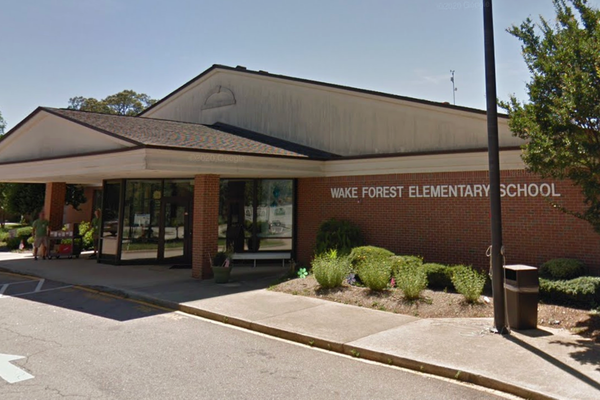
Most shoppers assume grocery prices are straightforward—what’s on the tag is what everyone pays. But behind the scenes, many chains quietly adjust costs depending on your zip code. This practice, known as price zoning, means two shoppers can pay very different amounts for the same gallon of milk or loaf of bread. Retailers say it reflects supply, demand, and local operating costs, but for consumers, it often feels unfair. Here are seven grocery chains that play retail roulette by charging different prices based on where you live.
1. Walmart: The Neighborhood Effect
Walmart promotes itself as the low-price leader, but even its numbers shift by zip code. Shoppers in urban areas often see higher prices than those in suburban or rural stores. The company monitors competitors nearby and adjusts prices to stay slightly under them. That means your zip code could add hidden costs without you realizing it. The Walmart “rollback” might look universal, but it’s far from consistent. Some people have used this to their advantage, though, by utilizing the “zip code trick” when shopping on Walmart.com.
2. Kroger: Regional Zoning at Work
Kroger operates under several brand names, but the price differences are noticeable. A box of cereal in one zip code may cost up to a dollar more in another just a few miles away. Contractors who study retail trends point to Kroger’s heavy reliance on regional competition. If your neighborhood has fewer discount options, you’ll likely pay more. Shoppers often don’t realize just how much their zip code shapes their bill.
3. Target: Digital Cart Differences
Target’s grocery aisles also reflect location-based pricing. In some cases, shoppers have reported finding cheaper prices online than in their local store. Target relies on algorithms that adjust both in-person and app-based costs. Your zip code determines not only what’s available but also how much it sells for. What feels like a convenient one-stop shop may come with hidden zip code surcharges.
4. Safeway: High-Cost Area Penalties
Safeway’s price zoning is especially noticeable in high-rent districts. Shoppers in wealthy neighborhoods often face noticeably higher prices on staples like bread, milk, and produce. The reasoning comes down to store overhead and the assumption that local residents can pay more. Contractors say these price jumps are among the steepest of any major chain. Your Safeway bill depends less on your shopping list and more on your address.
5. Publix: Sunshine State Variations
Publix, a popular chain across the Southeast, has also been flagged for location-based pricing. A shopper in Florida might pay more for the same item than someone in Georgia. Local competition and demand play major roles in shaping these costs. Publix relies heavily on promotions, which can mask the underlying price differences. Without coupons or deals, zip code pricing becomes very clear.
6. Whole Foods: Premium Pricing in Affluent Areas
Whole Foods is already known for higher price tags, but zip codes push them even higher. Stores in upscale areas routinely price items above those in more competitive regions. Amazon’s ownership has introduced some digital discounts, but the baseline still varies. For many shoppers, that means paying a premium simply for living in the wrong neighborhood. Whole Foods pricing is a textbook case of retail roulette.
7. Aldi: Discount Store, Variable Costs
Even Aldi, known for its low-cost model, isn’t immune to zip code pricing. Customers have reported notable differences between stores less than 20 miles apart. Rent, wages, and local demand all factor into Aldi’s adjustments. The chain markets itself as consistent, but savvy shoppers notice the gaps. Aldi proves that even discount stores can quietly play the zip code game.
How to Outsmart Retail Roulette
Price zoning may not disappear anytime soon, but shoppers aren’t powerless. Comparing prices across nearby locations, using apps to track sales, and shopping online when possible can help. Some consumers even drive to different zip codes for weekly grocery runs to save money. While chains argue these differences are about logistics, they leave many feeling nickel-and-dimed.
Would you switch stores—or even zip codes—just to beat retail roulette? Share your thoughts in the comments below.
You May Also Like
- 10 Weekly Specials That Only Apply in Certain Zip Codes
- How Your ZIP Code Could Be Affecting Your Access to Healthy Food
- Geographic Price Variation: Do Grocery Stores Charge More Based on Zip Code?
- No Shopping Days: 5 Reasons You Should NEVER Shop At The Grocery Store on Saturday and Sunday
- 7 Things Your Favorite Grocery Store is Tracking About You
The post Retail Roulette: 7 Grocery Chains That Quietly Change Prices Based on Your Zip Code appeared first on Grocery Coupon Guide.







